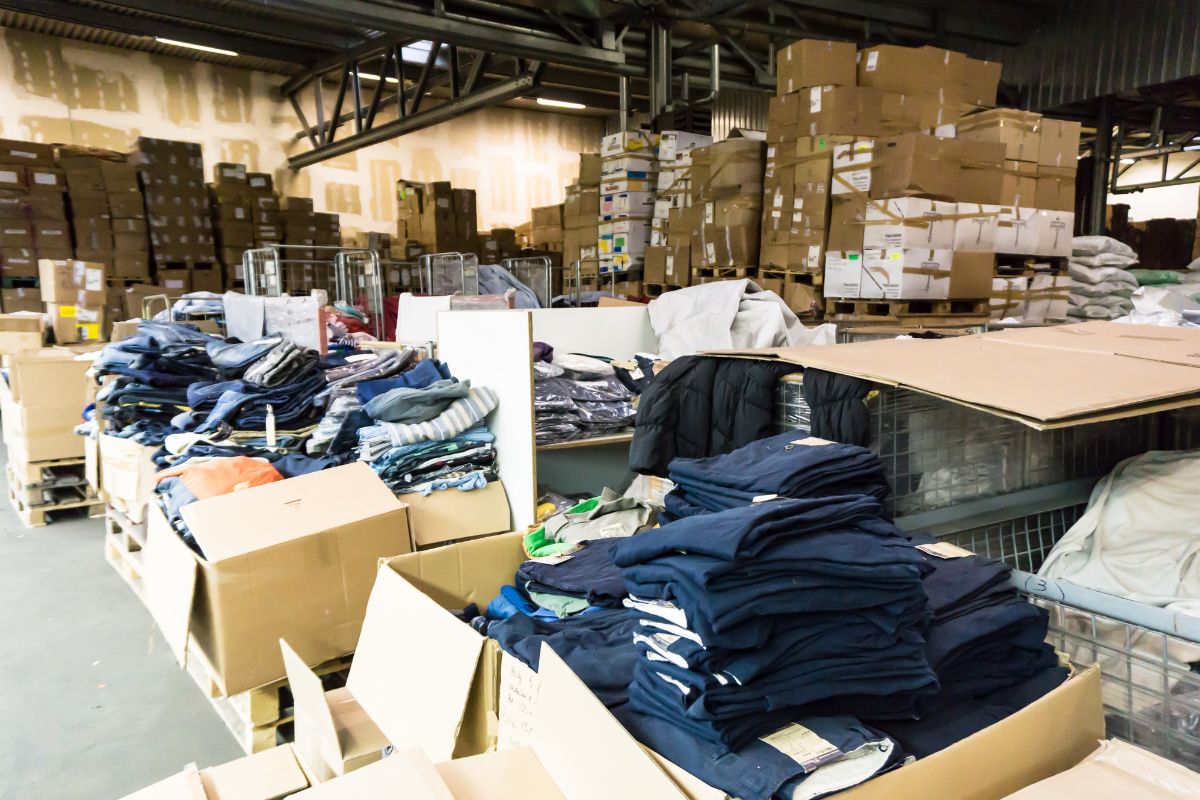2025
Meeting the Logistics Demand for Fashion and Apparel Products in Canada

The fashion and apparel industry in Canada, particularly in urban centers like Toronto, is evolving rapidly. Fast fashion, online shopping, and rising consumer expectations are placing increasing demands on logistics networks.
To keep up, brands are relying on flexible, tech-enabled distribution strategies that can adapt to the pace and complexity of the apparel market.
Toronto’s Growing Role in Fashion Logistics
As one of Canada’s leading fashion and retail hubs, Toronto serves as a critical node for both domestic and international apparel distribution. With its proximity to major highways, Pearson International Airport, and key inland ports, the Greater Toronto Area (GTA) is well-positioned to manage national and cross-border logistics.
Many fashion brands operate out of Toronto to support both bricks-and-mortar stores and e-commerce channels. This region also handles a significant portion of Canada’s apparel imports, including goods from Asia, Europe, and the U.S. Having a strong logistics presence in Toronto allows companies to respond quickly to consumer demand across Ontario and beyond.
What Makes Apparel Logistics Unique
Fashion supply chains differ from other sectors in a few important ways. The challenges often include:
- High SKU complexity: Multiple sizes, colors, and styles for each item
- Seasonal cycles: Short selling periods and high demand volatility
- Returns management: Higher return rates due to online sizing issues
- Presentation standards: Many retailers require garments to be shipped floor-ready
- Time sensitivity: Delays can lead to missed seasonal windows or markdowns
These challenges require accurate inventory tracking, flexible storage, and fast fulfillment—all of which are crucial in high-density markets like the GTA.
Technology Is Changing the Game
Advanced warehouse systems, automated picking solutions, and predictive analytics are transforming how fashion products are handled. In Toronto, many apparel companies are adopting multi-channel fulfillment strategies, using both centralized distribution centers and regional hubs to stay agile.
Data-driven insights are also helping brands forecast demand more accurately and reduce overstock. This has become especially important as consumer preferences shift quickly and brands compete to keep up with trends.
Looking Ahead
As Canadian fashion brands grow their online presence and respond to changing retail models, the logistics systems behind them must keep pace. In cities like Toronto those systems are becoming more sophisticated, faster, and better equipped to meet the demands of a fast-moving industry.
With the right infrastructure and tools, apparel supply chains can stay efficient without sacrificing the style or speed that today’s consumers expect.
3PL Companies - Toronto can connect you with a quality provider that matches your third-party logistics and warehousing needs. The 3PL companies we use are handpicked and must adhere to strict ethical and reliability standards.
